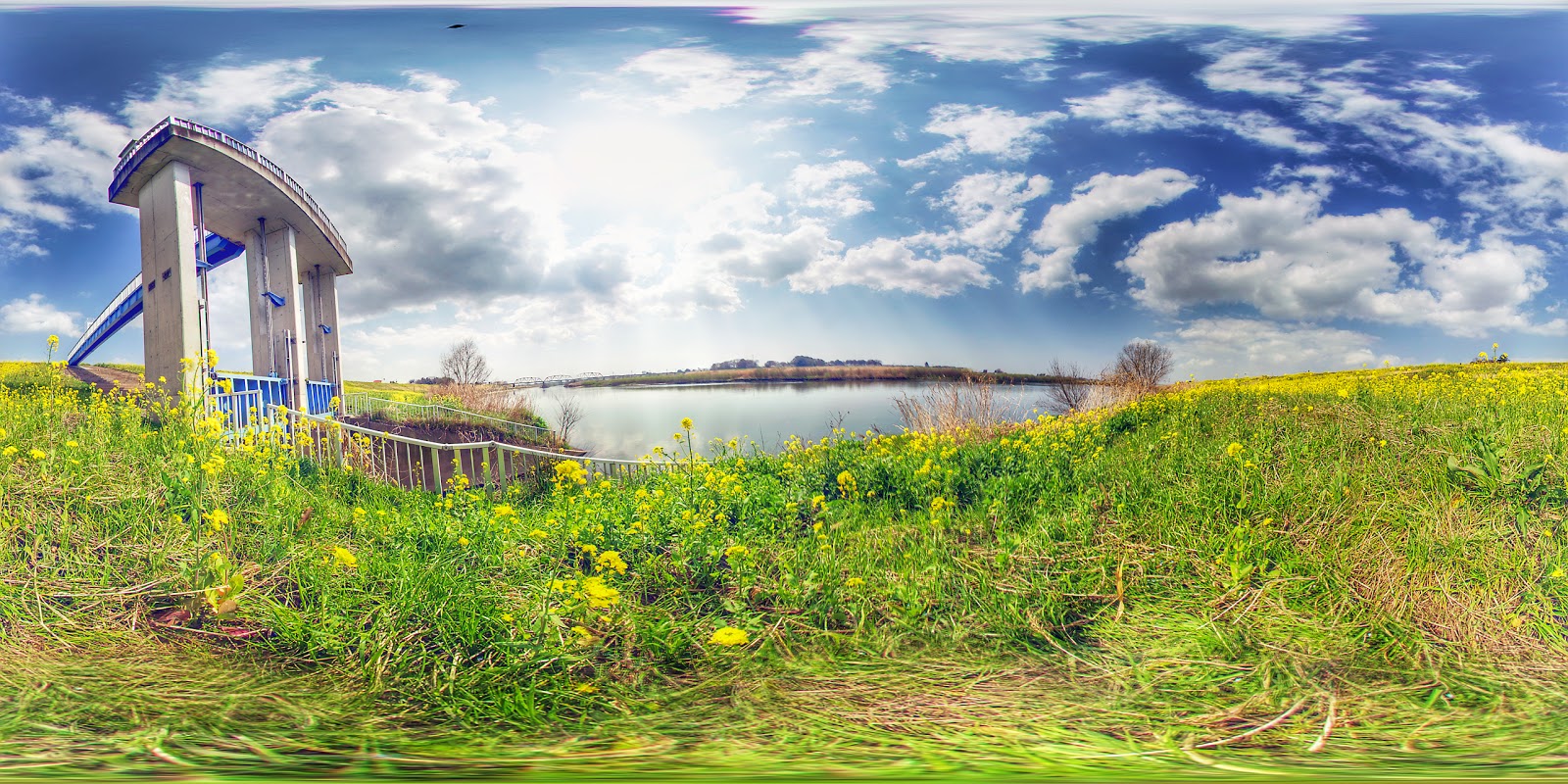

- #PHOTOSPHERE GOOGLE APK#
- #PHOTOSPHERE GOOGLE INSTALL#
- #PHOTOSPHERE GOOGLE FULL#
- #PHOTOSPHERE GOOGLE ANDROID#
Once downloaded / placed the APK of Google Photosphere in your device.
#PHOTOSPHERE GOOGLE INSTALL#
To install this app, Download Google Photosphere app APK ( Alternate Link 1 Alternate Link 2) from here to your device directly or can download in your computer and move the same to your phone.Quick Guide to Install Google Photosphere App in Non-Nexus Devices: Though there is some discrepancy in image quality compared to the built-in camera app, this app is worth giving a try considering the fact that it’s from Google and comes with some nice experience.
#PHOTOSPHERE GOOGLE ANDROID#
While we still have no clue on what are the devices this will be supporting, but it should support virtually all the devices which are on the Jellybean Android OS. This application can be directly installed in your Android Phone. All thanks to the developers who managed to extract this from the Firmware dump of both HTC One and Galaxy S4 smartphones. This camera app is the slightly redesigned app which is being found in the HTC One and Samsung Galaxy S4 Google Edition devices. For normal viewing, this parameter should be set to 0.“Google Play edition” smartphones comes with the latest Photosphere Camera app which is the 360-Degree Panorama Tool from Google and for all those who thought that it’s only available for NEXUS range of smartphones will be happy to know that even Non NEXUS devices can be installed with this app. A rear surface position is represented by the value -1.0, while a front surface position is represented by 1.0. This optional parameter moves the virtual camera position along the line of sight, away from the center of the photo sphere.
#PHOTOSPHERE GOOGLE FULL#
Row where the top edge of the image was cropped from the full sized panorama.

Or, if only a partial panorama was captured, this specifies the height of what the full panorama would have been.Ĭolumn where the left edge of the image was cropped from the full sized panorama. Original full panorama height from which the image was cropped. Or, if only a partial panorama was captured, this specifies the width of what the full panorama would have been. Original full panorama width from which the image was cropped. Original height in pixels of the image (equal to the actual image's height for unedited images). Original width in pixels of the image (equal to the actual image's width for unedited images). When individual source photographs were captured, whether or not the camera's exposure setting was locked. Number of source images used to create the panorama This is similar to a zoom level.ĭate and time for the first image created in the panorama.ĭate and time for the last image created in the panorama. The initial horizontal field of view that the viewer should display (in degrees). The roll angle of the initial view in degrees. The pitch angle of the initial view in degrees.

The heading angle of the initial view in degrees. Google products currently support the value equirectangular.Ĭompass heading, measured in degrees, for the center the image. This may sometimes be the same value as that of GPano:CaptureSoftware. The software that was used to create the final panorama. This should be left blank if source images were captured manually, such as by using a DSLR on a tripod. If capture was done using an application on a mobile device, such as an Android phone, the name of the application that was used (such as "Photo Sphere"). The application displaying or ingesting the image may choose to ignore this. This may be specified based on user preferences or by the stitching software. Whether to show this image in a panorama viewer rather than as a normal flat image. Reference: Photo Sphere XMP Metadata Property The preferred schema namespace prefix is GPano.Specifies XMP properties that provide information regarding the creation and rendering of a panorama image. Panorama tags written by Google Photosphere.


 0 kommentar(er)
0 kommentar(er)
